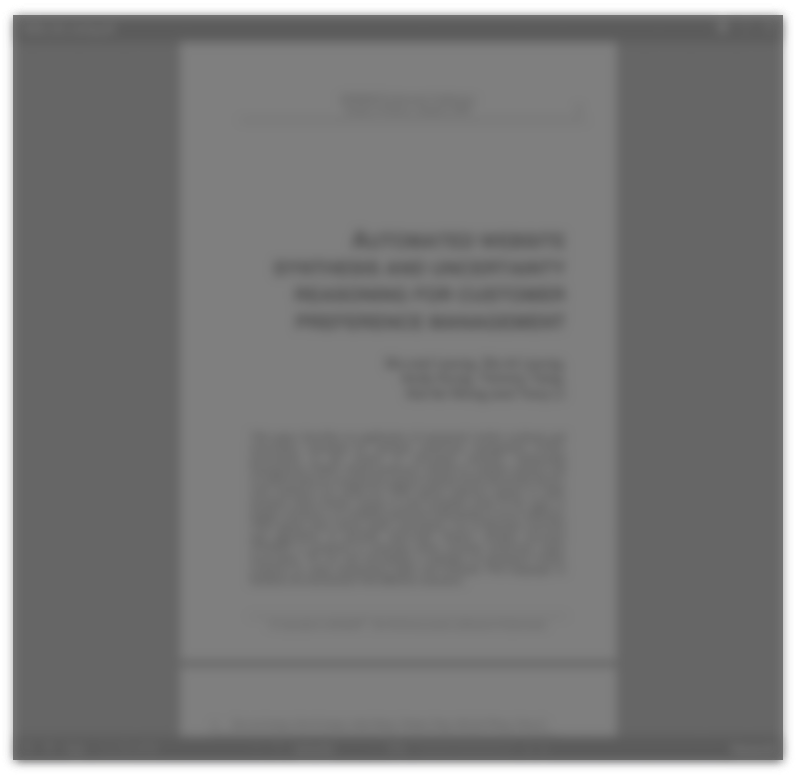Abstract:
The economy in China is growing at an unprecedented rate. It is forecast that its GDP will overtake the USA by the year 2030. While agricultural output is threatened by mass migration to the cities, the industrial, retail and financial sectors are booming. In this paper, we look at the situation in the retail sector and the way that market research is both responding to - and driving - its development. In 1992 SRG China established retail audits and distribution checks for multinational clients in the largest cities - Shanghai, Beijing and Guangdong. By late 1993 the choice lay between expanding this to more and more cities, which would still not provide total market estimates, or going for a truly national measurement. The latter path was chosen and so began the first national market research programme in China and some of the largest country surveys anywhere in the world. A national retail audit required national retail universe information. Some official statistics on the size and geographical distribution of the retail sector were available, but were neither complete nor up-to-date, and did not identify the profile in terms of the different distribution channels and shop types. A retail census was the only answer. Since it was believed that at that time China had more than ten million shops, it would not be possible to visit them all. We designed a sample census covering a quarter of the 500 cities in China and a further sample of towns. Probability sampling was adhered to as being the only way of ensuring unbiassedness and target levels of sampling error were set in advance. Fieldwork was carried out by a force of 4 university students from 50 universities, supervised by their professors and lecturers, both groups being personally trained by SRG staff. This was augmented by a number of fieldwork agencies. There was a rigorous programme of back-checking and back- checking on the back-checking (all of which proved vital). More than a million shops 251 were visited during the summer of 1994. The projections were good and met the target levels of precision. In the paper we outline the difficulties faced both in designing the sample and in fieldwork execution - which included regional dialects, earthquakes, typhoons, floods and occasional downright hostility.







